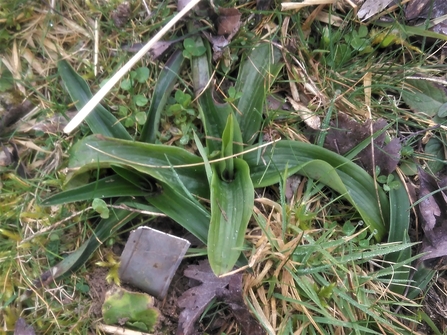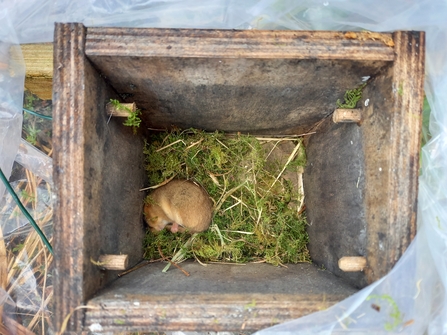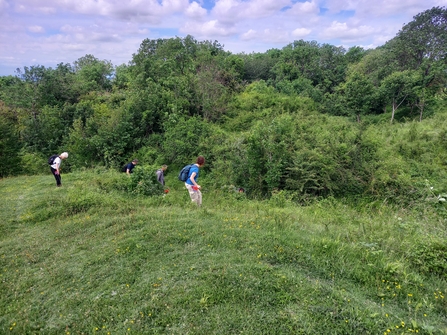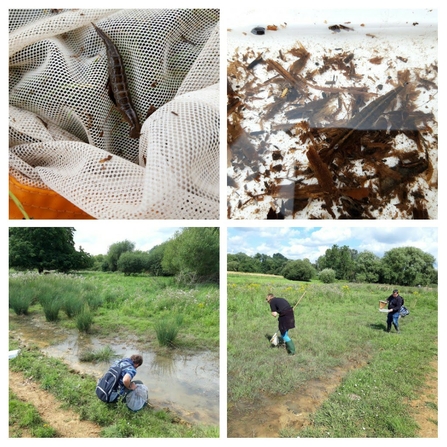I don’t know about you but my sense of time is all out of whack at present! Somehow we have managed to get through our second year of surveying under covid restrictions with minimal cancellations. (For details of last year read this blog). Many thanks to all our volunteers who have helped with surveys this year, especially the Activity Leaders, and also to those of you who haven’t been able to get back out yet. We really appreciate your support and understanding and hope to see you again soon.
With a bit more understanding of how covid spreads, and internal procedures already in place to minimise it, we were better placed this year to carry on as near to normal as possible. The 2021 surveys started with the wintergreen man orchid hunts in February, as we were still in lock-down these just involved WTBCN staff, but we managed a record count of 576!





